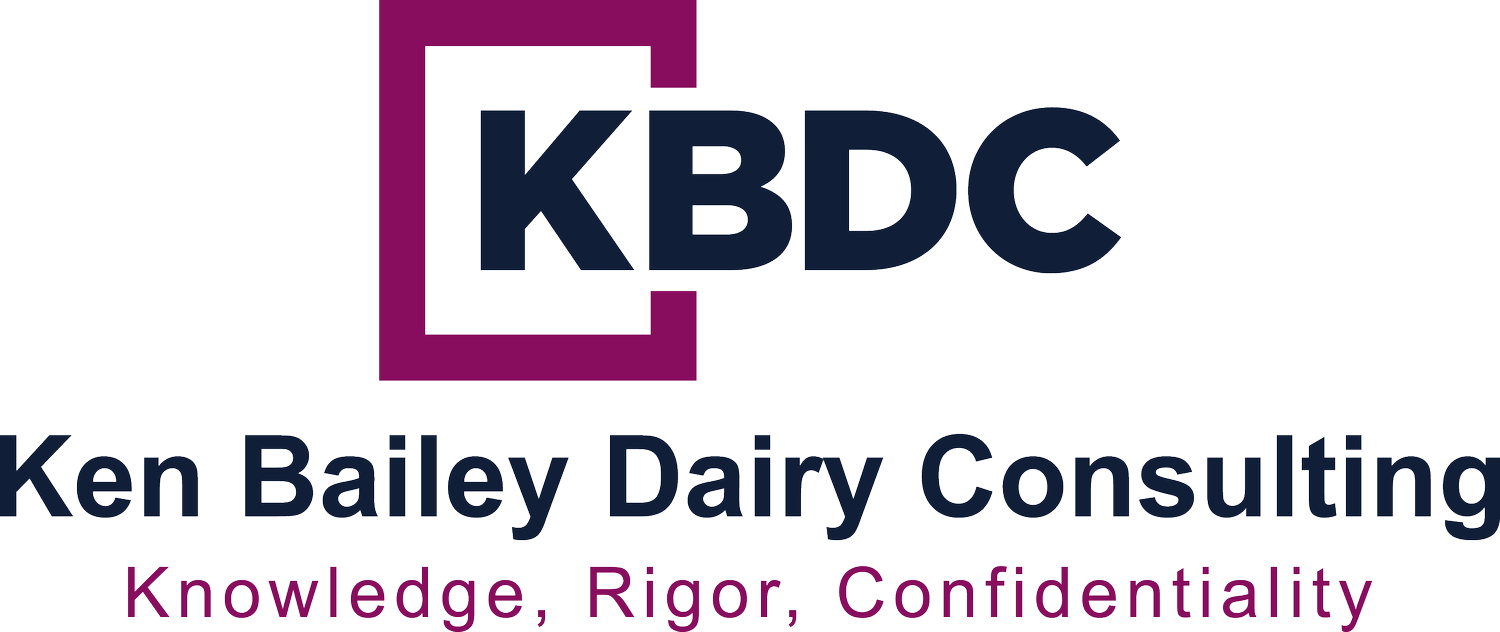The West needs a cheese export strategy
May 31, 2022
When the EU implemented a strategy to begin to lift and eliminate milk production quotas in 2009, their trade ambassadors got to work and negotiated many trade agreements designed to reduce cheese tariffs and expand EU cheese exports. They saw cheese as a surefire way to boost export earnings for manufacturers and increase farm gate milk prices. At the time, the U.S. strategy was to focus on increasing exports of nonfat dry milk, dry whey, and lactose, all low margin byproducts of Federal Milk Marketing Orders (FMMO’s).
The U.S. has come a long way since then in rebalancing exports to include higher value products like cheese. For the first quarter of 2022, cheese exports accounted for 22.8% of the value of all dairy exports. Not only is cheese a higher value dairy product, but it also finds a home for both fat and protein. In addition, most exported products do not require the use of annatto coloring, so “native whey” is a valuable byproduct of cheese processing.
The West is a logical location for the production and sale of cheese exports given the area’s proximity to ports that service Mexico, South America, and all of Asia. And exports from states like Idaho, Washington, Oregon, California, and even Texas will likely expand.
But the West needs a defined and cohesive strategy to continue to build a successful cheese export business. Investing in new plant facilities for cheese destined for export markets is a daunting task. First, it’s very expensive. Solid plans will require a positive return on investment over a 10-20 year period. Second, plant managers will need to be 100% in control of their cost structure (what they pay dairy farmers for milk). So participating in and being held accountable to FMMO pools does not make sense. The U.S. price of protein under FMMO’s is heavily influenced by Midwest cheese sales, and does not include any hint of cheese exports. Third, the U.S. administration needs to get back to the old-fashioned business of negotiating tariff reducing trade deals with individual countries/regions that open up new opportunities for U.S cheese exports. These deals take years to finalize. So where is the Administration on this?
Dairy farmers in the West need to address three questions. First, do they want to continue to expand? If yes, they will need a market outside the U.S. It’s too expensive to continue to transport dairy products from the West to the Midwest and East, both highly competitive and slow growing markets. Second, do they want to continue to seek out low margin sales, like NFDM or dry whey, or go after the higher value markets like cheese and WPC (or other higher value milk proteins)? Third, do they want to participate in FMMO pooling, or go after export markets? If the answers are yes, no, and export markets, than it’s time to develop a Western cheese export strategy. To be clear, that strategy will not likely involve FMMO’s.
